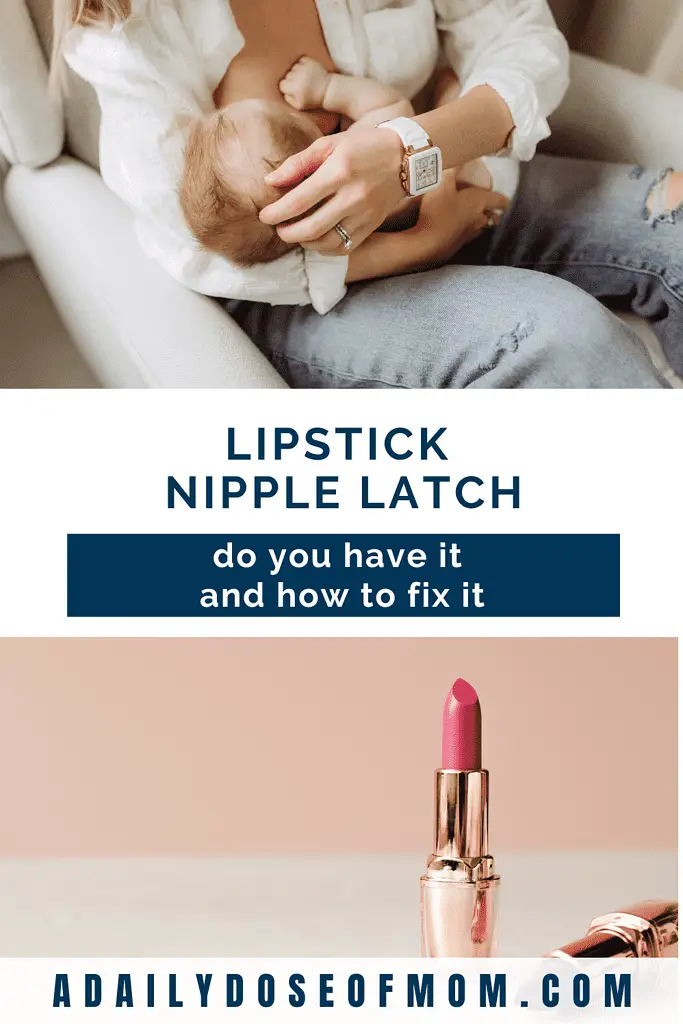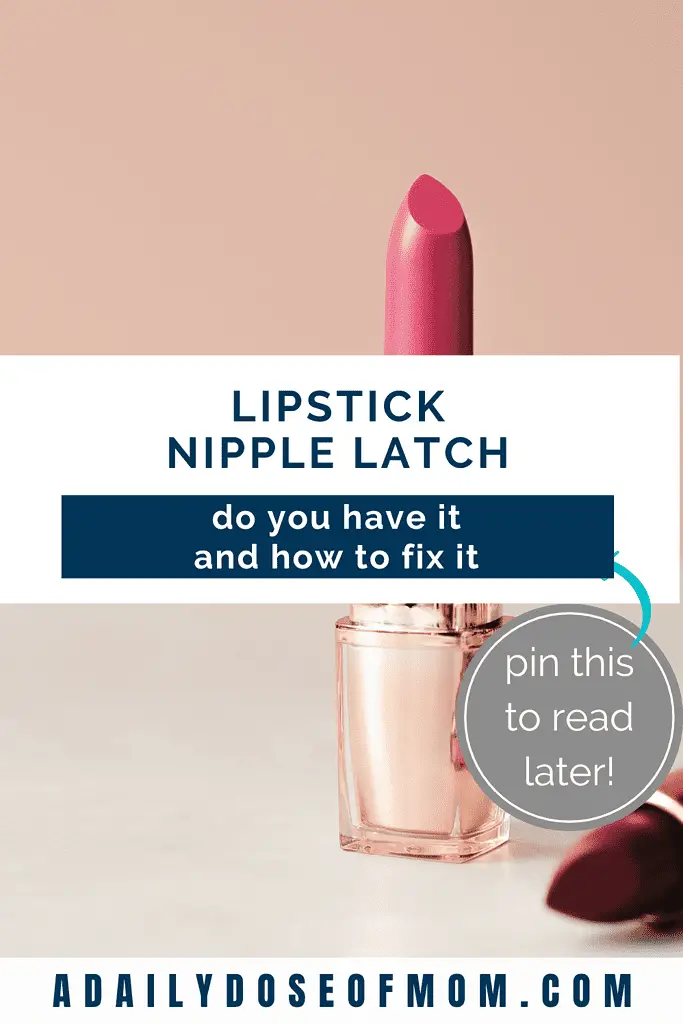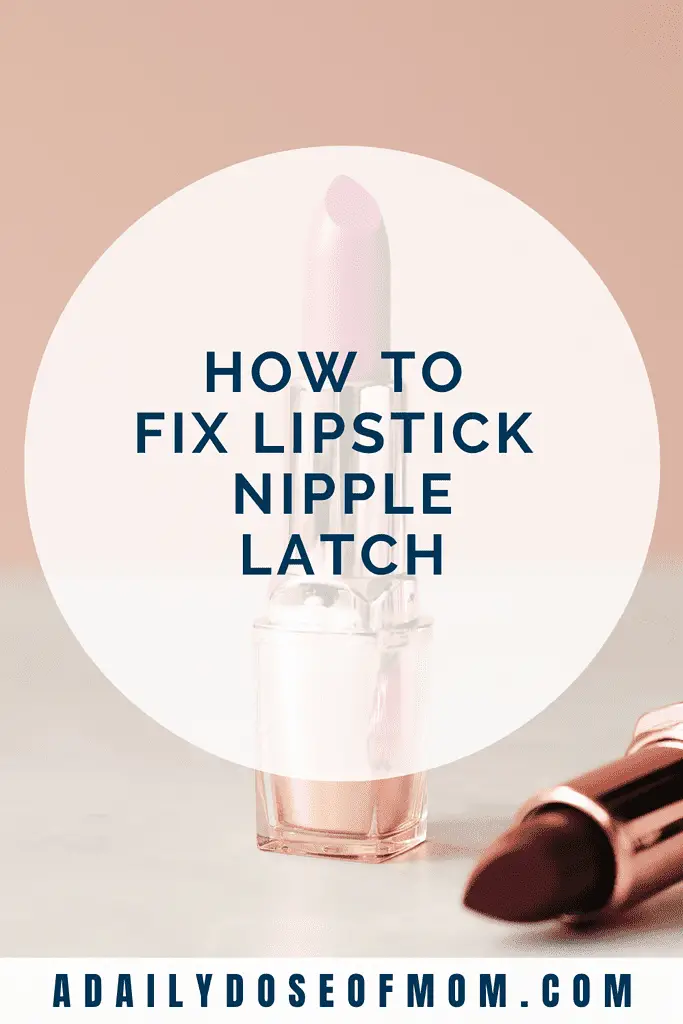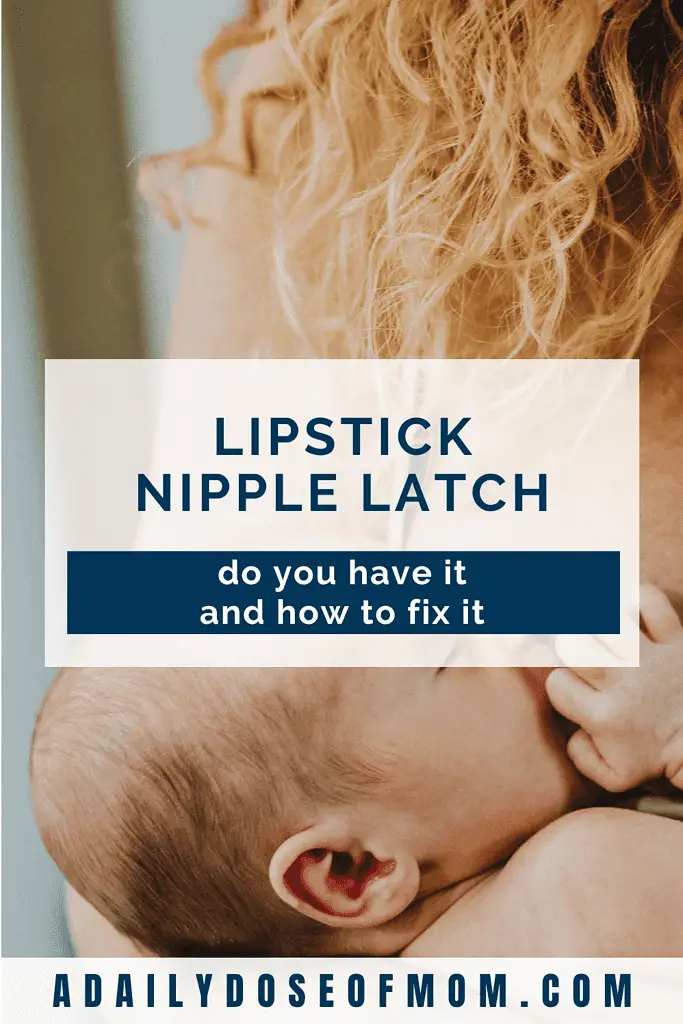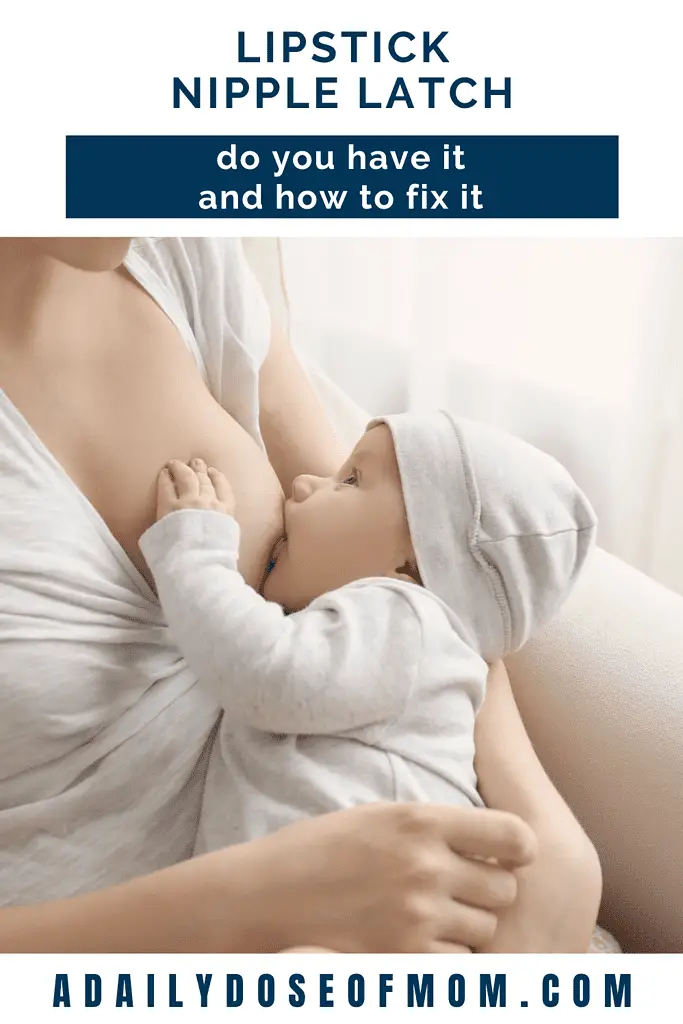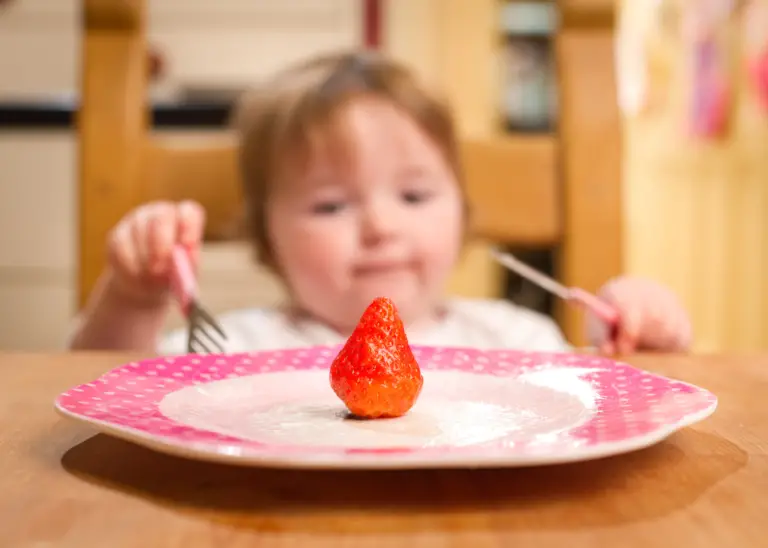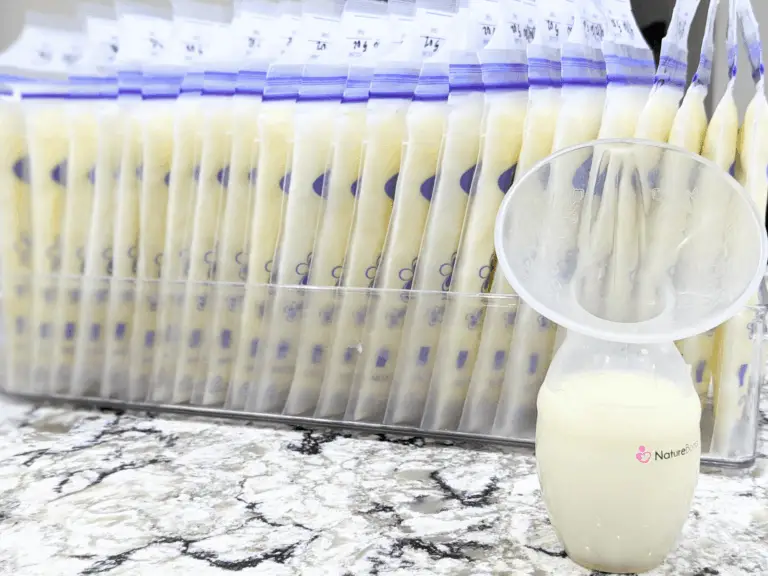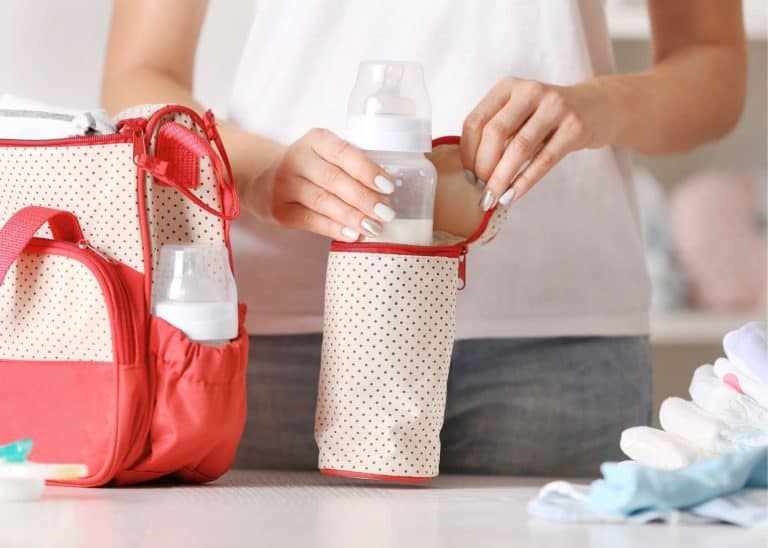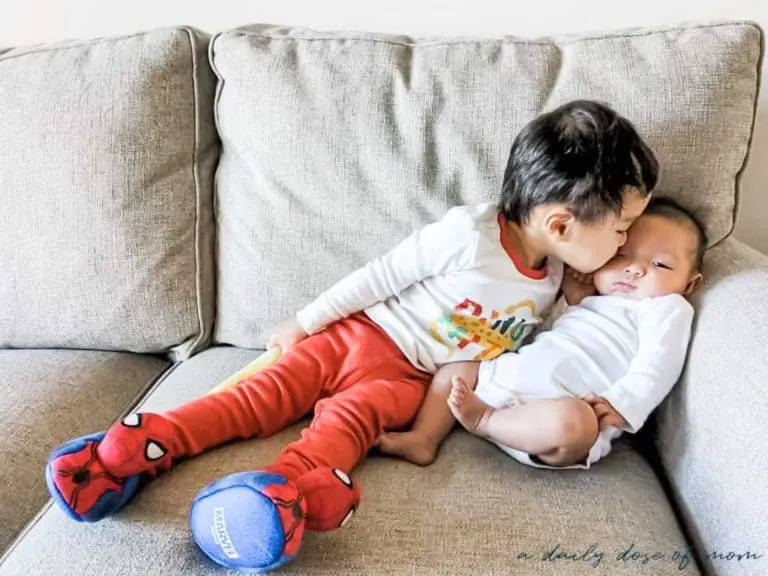Lipstick Nipple After Breastfeeding: What It Means and How I Fixed It
The first time I saw my nipple come out looking slanted and pinched after nursing, I panicked a little. Was something wrong with me? Was my baby not feeding right? I’d never heard of “lipstick nipple” before—and like many moms, I immediately started Googling.
If you’ve found yourself doing the same, you’re not alone. Lipstick nipple after breastfeeding isn’t dangerous, but it is a red flag that your baby’s latch might need some adjusting.
I had no clue what it meant when I saw it during late-night feedings with my second baby. But once I figured it out—and more importantly, how to fix it—nursing became so much more comfortable for both of us.
This post is here to give you:
- A simple explanation of what lipstick nipple is and why it happens
- Easy ways to improve latch and comfort (without needing a PhD in breastfeeding)
- Personal tips that worked for me during those foggy, sleep-deprived newborn days
Because feeding your baby shouldn’t hurt—and you deserve to feel confident and supported in the process.
This post contains affiliate links, which means I receive a small commission, at no extra cost to you, if you make a purchase using this link. Please see my disclosure for more details.
What is Lipstick Nipple After Breastfeeding?
Normally, your nipple should look round or slightly elongated after a feed. But if it comes out looking pinched, angled, or flattened on one side—kind of like a tube of lipstick—you’re likely dealing with “lipstick nipple.”
It’s not a fancy term or something you’ll find in a medical textbook. But it’s a real sign that your baby’s latch might be shallow, uneven, or just a little off.
I remember the first time I noticed it, I thought maybe my baby had just sucked harder than usual. But when it kept happening after every feed—especially the longer ones—I realized it wasn’t random. It was my body’s way of saying, “Hey, something’s not quite right here.”
This shape change happens because your nipple is being compressed unevenly in your baby’s mouth. Instead of drawing in a good portion of the areola (the darker skin around the nipple), your baby may just be sucking on the tip—which flattens it out like lipstick.
It might not always hurt at first. But if it keeps happening, it can lead to:
- Cracked or sore nipples
- Poor milk transfer
- Frustrated feedings
- And sometimes, slow weight gain in your baby
The good news? It’s usually fixable with a few small tweaks. And once you recognize it, you’re already halfway to solving it.
Why does lipstick nipple happen?
Lipstick nipple is usually a sign that your baby’s latch isn’t deep enough. Instead of taking in both the nipple and a good portion of the areola, your baby may be clamping down mostly on the nipple tip—which creates that squished, slanted shape after a feed.
This shallow latch puts uneven pressure on your nipple, often between the baby’s gums or tongue, and over time, it can lead to:
- Sore or cracked skin
- Painful nursing sessions
- Fussiness at the breast
- And less effective milk transfer
For me, it often showed up during rushed feeds—like when I tried to nurse quickly before running out the door, or in the middle of the night when I was half-asleep and didn’t check positioning. My baby would latch fast, but not deep enough, and sure enough: lipstick nipple.
Sometimes, it’s not even your fault. Things like a baby’s oral anatomy (tight jaw, tongue tie) or your positioning can make a good latch harder to achieve consistently.
The key is recognizing that lipstick nipple is a signal—not a failure. It’s your body’s way of saying, “Let’s tweak this.” And those tweaks can make a huge difference.
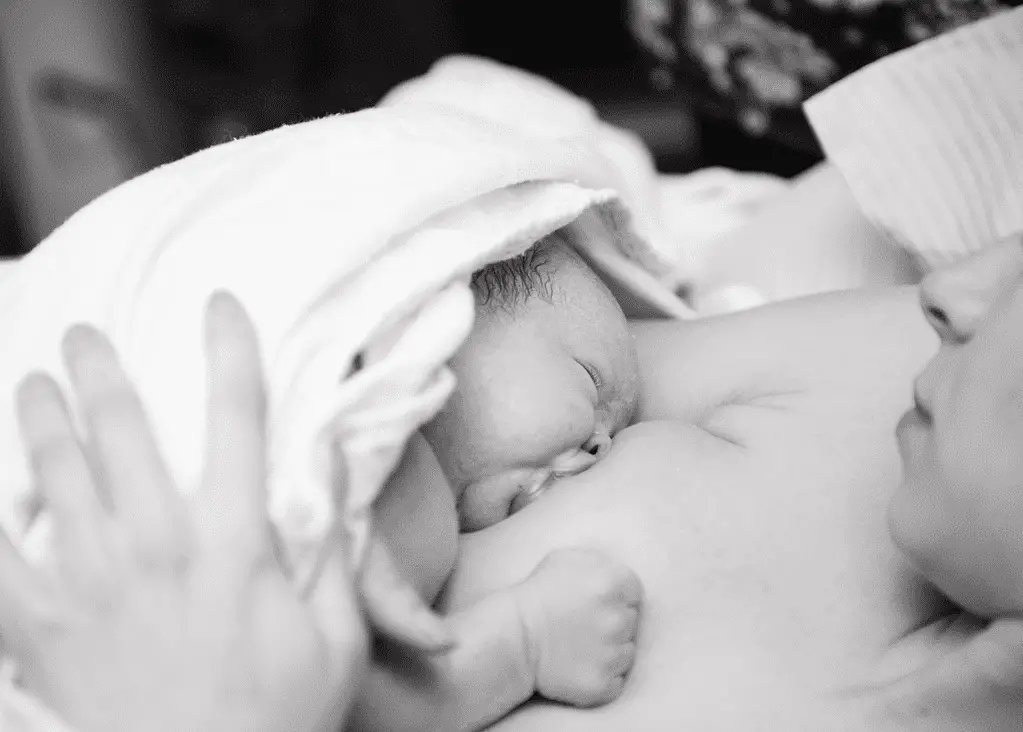
How to Tell if You Have Lipstick Nipple After Breastfeeding
The biggest giveaway? How your nipple looks right after a feed.
Instead of being round, it comes out looking:
- Slanted or asymmetrical
- Pinched flat on one side
- Angled like the tip of a lipstick (hence the name)
At first, I didn’t think much of it—I figured my bra was too tight or I’d leaned in weird while nursing. But then I noticed a pattern: the more my nipple looked squished, the more sore and frustrated I felt. And worse, my baby started fussing more during feeds and popped off frequently.
Here are a few other red flags that often show up alongside lipstick nipple:
- Pain or pinching during nursing (especially at latch-on)
- Cracked or sore nipples that don’t seem to heal
- Baby unlatching frequently or seeming frustrated at the breast
- Slower weight gain if your baby isn’t getting enough milk
Even if you’re not in pain, the shape of your nipple after a feed tells a story—and it’s worth listening to. It might just need a small tweak to your positioning, or something a lactation consultant can help fine-tune before things get more uncomfortable.
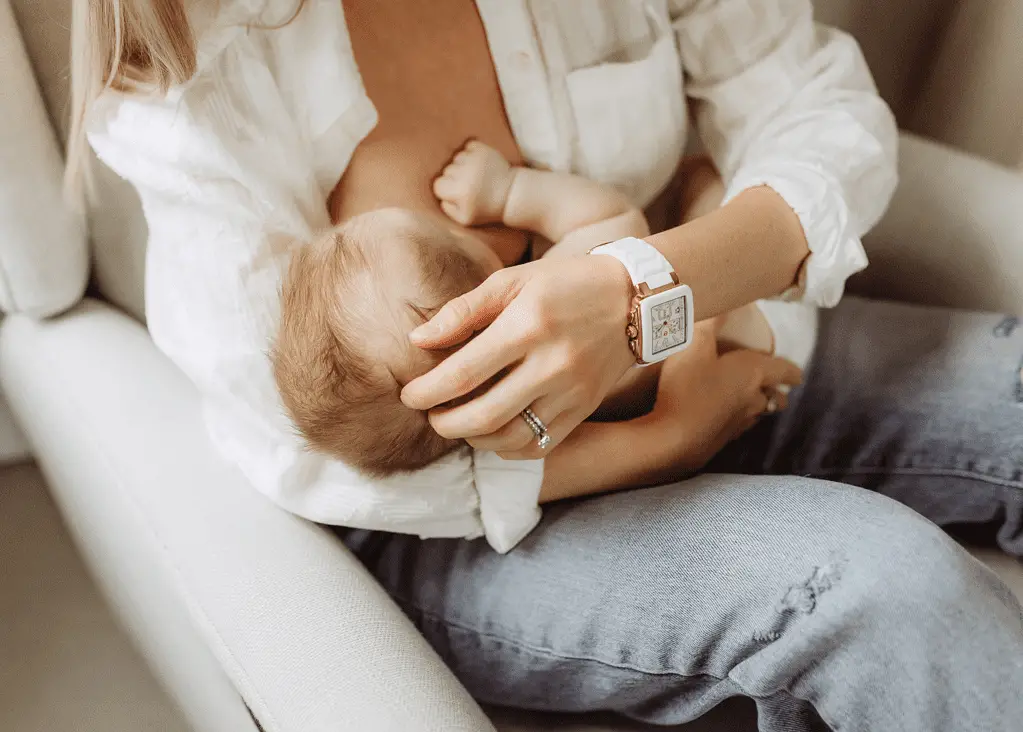
How to fix a lipstick nipple latch?
First things first: don’t panic. Lipstick nipple isn’t dangerous, and sometimes, it’s just a one-off thing. But if it keeps happening—or if you’re sore or your baby is struggling to stay latched—it’s time to make a few small changes.
Here’s what helped me get a better latch and finally stop wincing every time my baby nursed:
Start with a better latch
- Make sure your baby’s tummy is lined up with yours (think: tummy-to-tummy).
- Bring them to your breast, not the other way around—this helps you stay in a comfortable position.
- Wait for a wide open mouth, then guide baby to the breast with the chin leading.
- Their chin should press into your breast, lips flanged out like a fish, and nose lightly touching.
💡 Real talk: I used to try and rush the latch when I was exhausted. But slowing down and watching for that wide mouth made a huge difference. If baby didn’t latch well, I’d gently break the suction with my finger and try again.
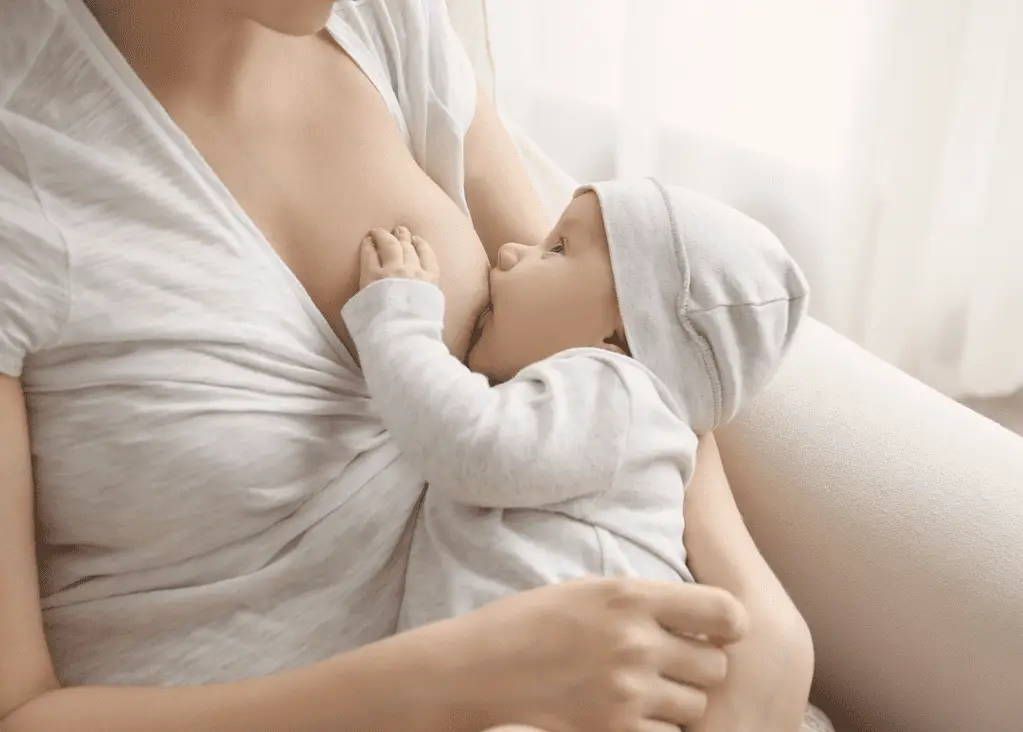
Try different breastfeeding positions
Different angles can help your baby latch more deeply and take pressure off sore spots.
Try:
- Football hold – especially good if you had a c-section or want more control
- Side-lying – my go-to for middle-of-the-night feeds when I couldn’t sit up straight
- Cross-cradle – helps guide baby’s head more precisely
Sometimes, just changing position fixes the problem on its own.
I found side-lying nursing helped when I was exhausted at 3 a.m. — it was the only way to fix the latch without tears from either of us!
Use a nursing pillow
A firm nursing pillow (this is the one I actually used in my breastfeeding station) kept my baby at the right height so I wasn’t hunching over or adjusting constantly. The more stable baby was, the easier it was to get a solid latch.
Try a nipple shield (with support)
If you’re in pain or baby can’t seem to latch deeply, a nipple shield might help—temporarily. I didn’t end up needing one, but a friend swore by it until her baby’s latch improved. If you go this route, talk to a lactation consultant to make sure you’re using it correctly and not masking a deeper issue.
Keep practicing (and ask for help)
Getting the latch right isn’t always instant. It took me several weeks of trial, error, and some tearful feeds (on both sides 😅) to get it down. If you’re still struggling, connect with an IBCLC—they can spot tiny adjustments that make a huge difference.

My Favorite Breastfeeding Essentials
These are the tools that can make a huge difference when dealing with issues like lipstick nipple after breastfeeding or just making nursing more comfortable:
No products found.
Making Breastfeeding More Comfortable
Lipstick nipple might look strange or feel uncomfortable, but it’s almost always a fixable sign that your baby’s latch needs a little adjustment. With the right support—and a bit of patience—you can ease discomfort, protect your nipples, and help your baby feed more effectively.
What helped me the most was realizing I didn’t have to “push through” pain or awkward feeds. Once I understood what lipstick nipple meant and started experimenting with latch techniques and positions, everything changed. Nursing went from frustrating to (mostly) peaceful.
Here’s the bottom line:
- If you’re noticing lipstick nipple often, it’s worth addressing.
- Small changes—like slowing down, switching positions, or using tools like nursing pillows—can make a big difference.
- And if you’re still struggling, don’t hesitate to call in a lactation consultant. They’re lifesavers.
Breastfeeding is a learning curve, and you don’t have to figure it out alone.
🍼 Want more support? Check out my guide to elastic nipples for more ways to make nursing and pumping more comfortable.

